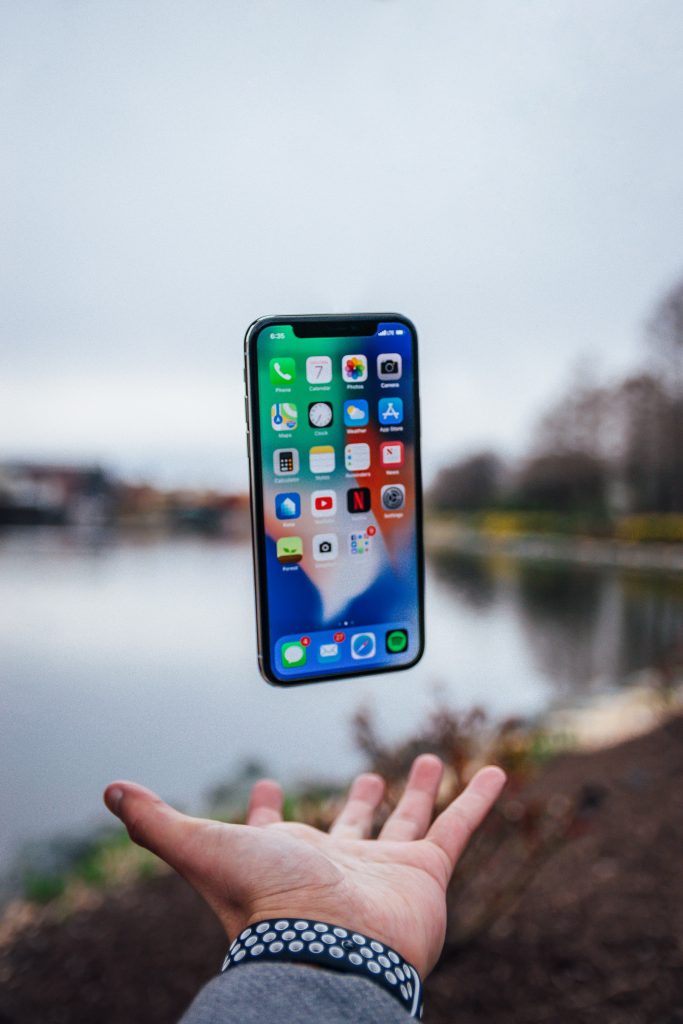Businesses require high-quality targeted traffic to accomplish both sales expansion and market expansion goals. And if we speak about those businesses that utilize combined paid and referral traffic sources, we can say that they achieve both audience engagement and financial optimization with long-term business expansion.
The choice of traffic channels depends on the niche and goals of the business. For example, let’s take such industries as gambling. In such cases, we see that special approaches such as gambling ad networks are highly effective. These networks specialize in some specific issues – delivering traffic from users who are interested in these spheres (we mean online casinos, sports betting, or gaming platforms). So the audience is highly relevant, and as a result, businesses achieve higher conversion rates. Gambling ad networks play a crucial role when we speak about ensuring that advertising efforts are precisely directed and such platforms are a valuable tool for companies in the gaming sector.
Search
Traffic through search functions includes clicks that start from Google search engines together with operations in Apple’s, Google’s, and Huawei’s marketplaces and app stores. The fundamental role search plays for businesses rests upon its position as the key Internet method through which potential customers discover online products and services. The search position that companies occupy determines the quantity of both transitions and target actions they receive.
Regardless of the search location, traffic is divided into two types. Two groups of traffic exist: paid contextual advertising and organic free audiences. The intensity of competition within paid advertising expresses itself through bidding rates as well as free search success measures through site clicks and SEO performance indices. Retailers need to boost their position in the niche since higher competition results in heightened prices and decreased SEO success. Business success often benefits from search results optimization practices.
Display advertising
In some countries, it is much more often called banner, text and graphic, targeted, and video advertising. This category includes everything that has a rectangle that you can click on and go to a website or app store. The difference between display advertising and contextual advertising is that it is shown to users regardless of their search query and is located not only on search pages but on any website in general. Some features are:
- For subscription services such as fitness services, display advertising can be more effective, as it can convey to users the non-obvious benefits of a subscription. For example, a fitness club banner with a photo of a trainer emphasizes exclusive workouts.
- Display advertising for businesses selling goods or services with a low check can appeal to emotions, urging users to immediately buy the product. For example, a banner with an image of a hamburger with the inscription “Buy now and get a discount!” can stimulate a quick purchase at a fast food restaurant.
Direct traffic
When users enter a website domain into the browser address bar or follow links from history, this is called direct traffic. Transitions via QR codes can also be counted as direct traffic if the link embedded in the QR code does not contain additional GET parameters, i.e. there is no information after the question mark in the URL. If there are GET parameters, then such transitions will not be considered direct traffic.
Content
Materials posted on blogs, brand media, or social networks help to get Internet traffic. By publishing useful content, a company attracts attention to its products. Customers use the content and then go to the company’s website via links in articles or posts on social networks. You can publish both your content and content created by others. Mentioning a brand in bloggers, other people’s groups, or channels is suitable for both B2B and B2C companies.
Own content is actively used in promoting B2B companies with a large check and a long decision-making cycle. Previously, B2C companies rarely used their own content, since marketing tasks were solved through other people’s content and other sources of traffic attraction. Creating your content for B2C is becoming increasingly relevant.
Direct Marketing
These are email, SMS, mobile push notifications, and other channels of communication with customers. They can be divided into three types depending on the cases in which the communications are used:
- Trigger communications are triggered by certain user actions to return them to the site. For example, an email with a reminder about an unfinished order motivates the user to complete the purchase in the online store.
- Distribution and content communications are regular communication with the audience, which returns the user to the site. These can be mailings with promotions or seasonal selections of goods.
- Transactional and service communications occur during the checkout process. For example, after placing an order, the client may receive a notification with gratitude and an offer to use a promo code for the next purchase. Such communications are used to increase the average bill.
Direct marketing is suitable for any business: from frequent purchases in an online store to rare and expensive offline purchases. The low purchase frequency found at car services makes direct marketing an effective solution for building brand awareness with target audiences.
A business requires strategic selection of its web traffic channels to achieve market success. The right combination of gambling ad networks for niche audiences together with SEO content and direct marketing approaches helps businesses attract qualified traffic that leads to enhancement of conversion rates.


